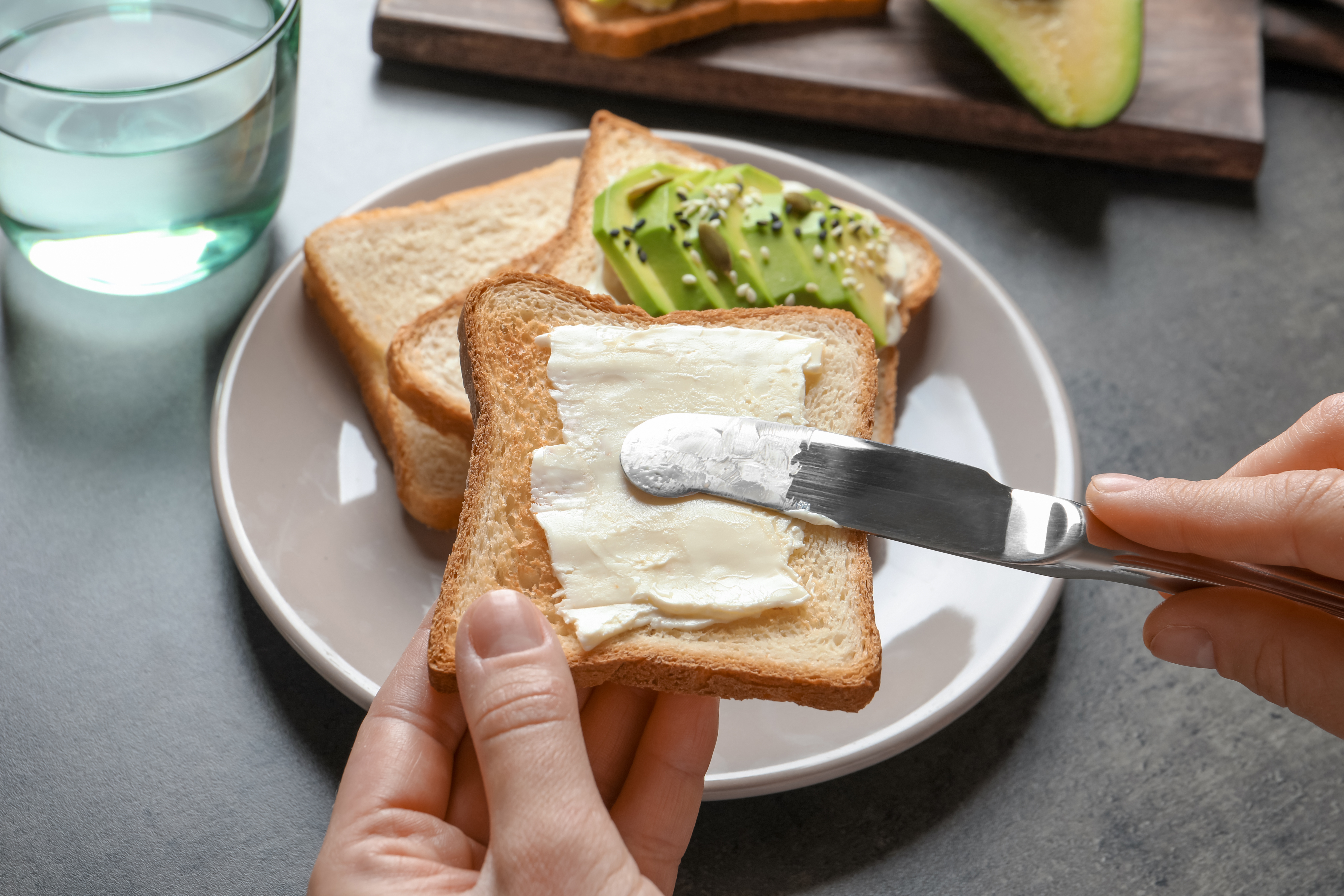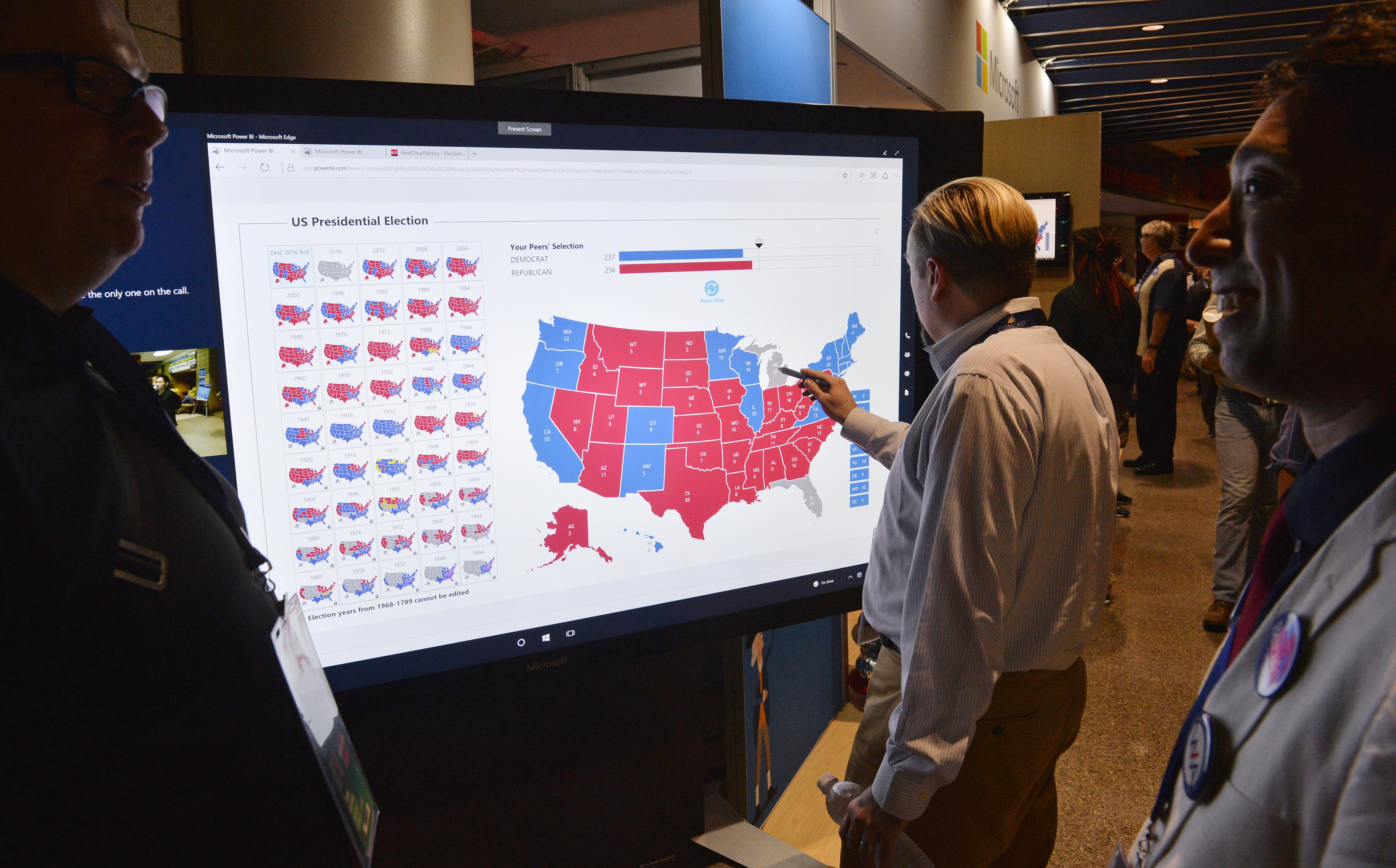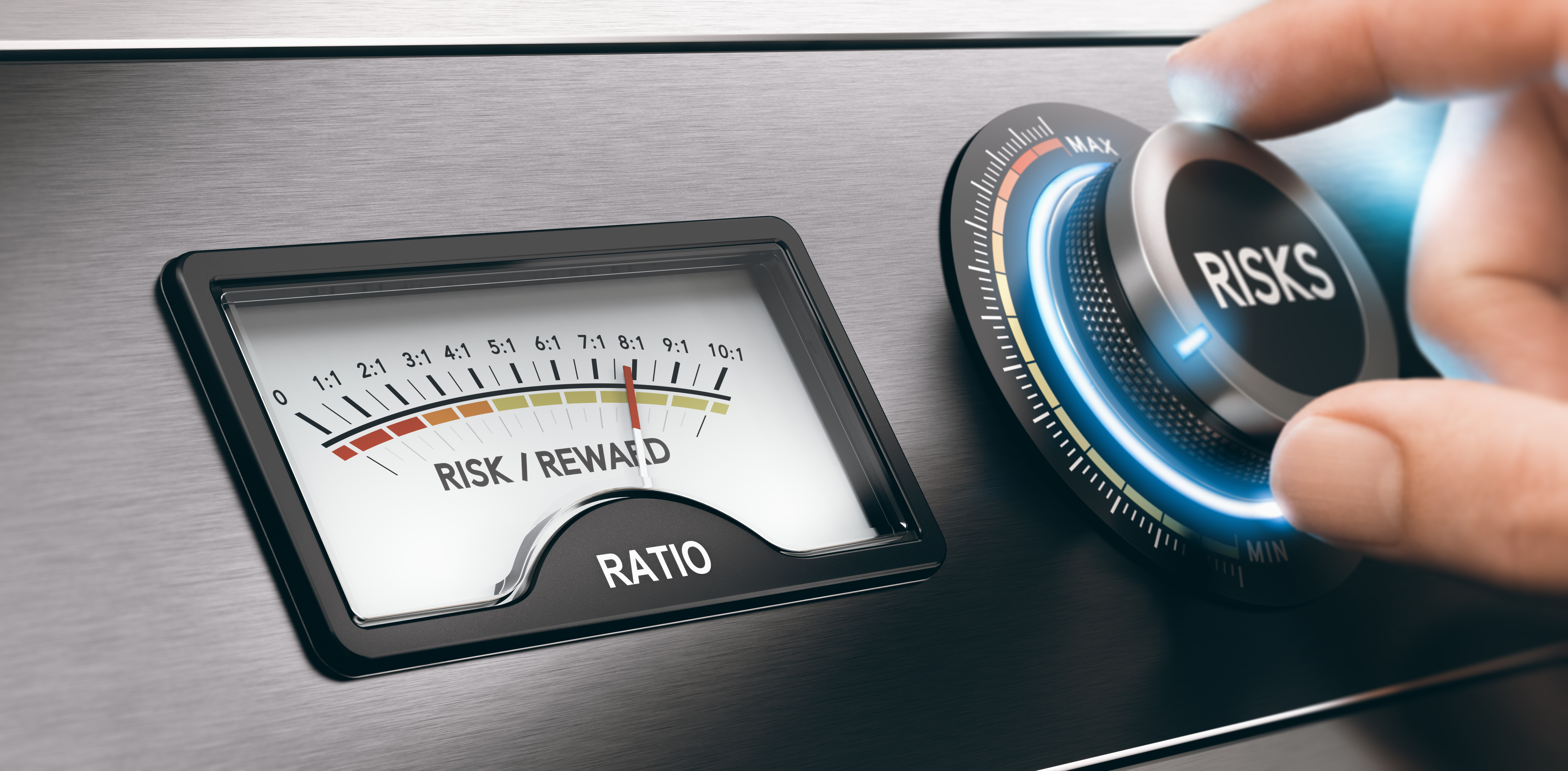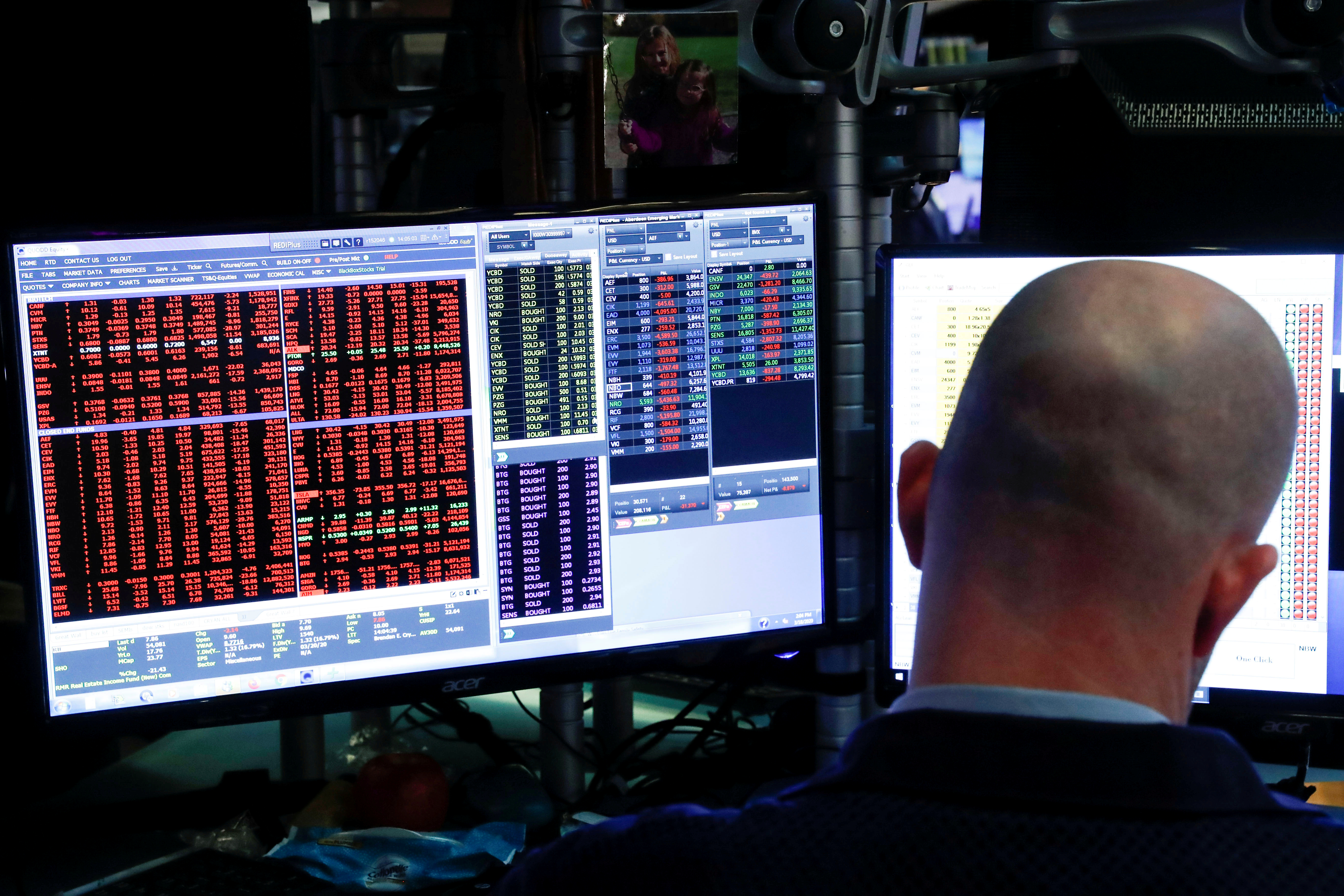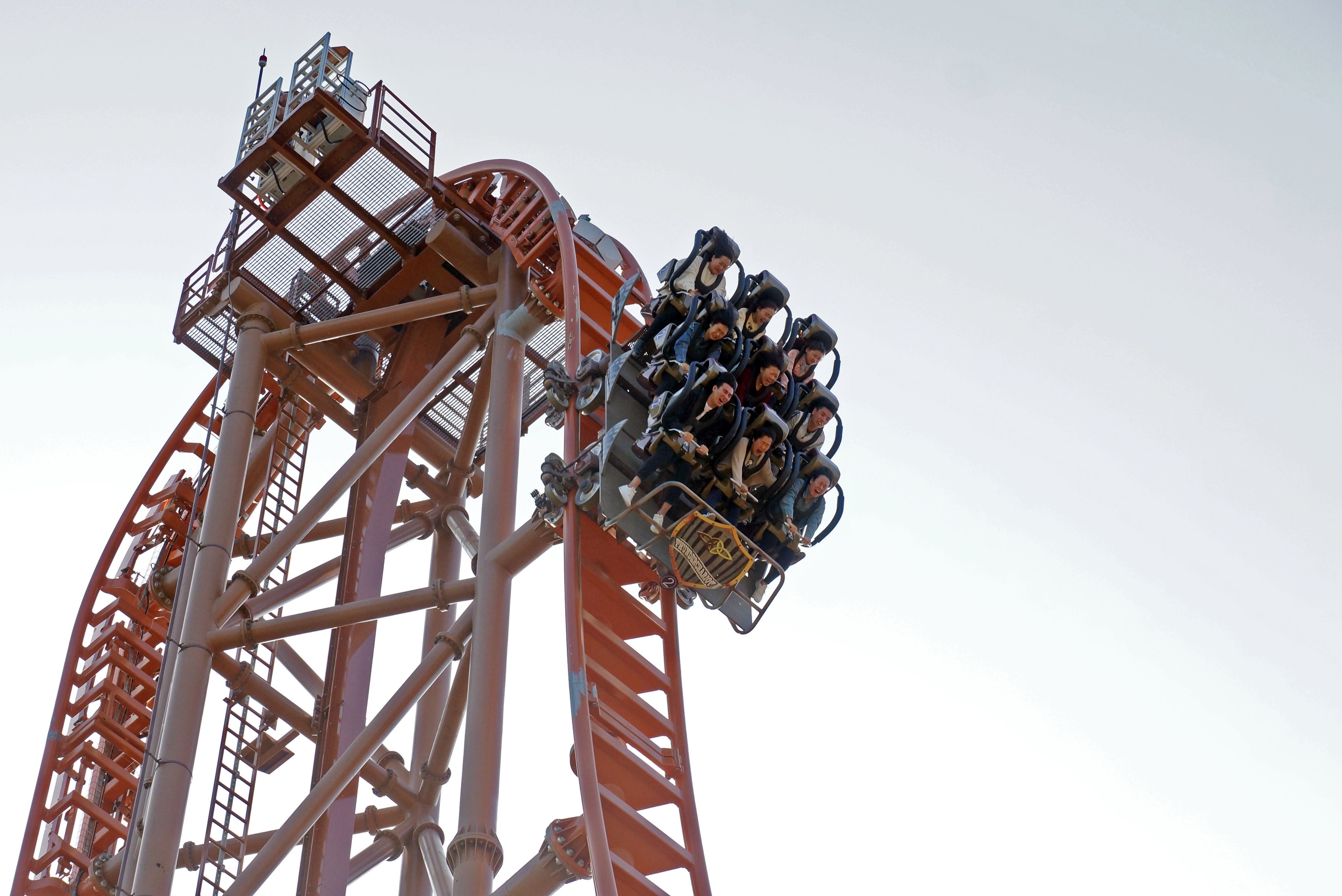Next Level: Turning Vertical Spreads Into Ratios
Any spread that involves at least two different legs, and a non-symmetrical number of contracts traded on each leg, falls under the umbrella of a "ratio spread."

Investors and traders new to the options world often start with strategies like covered calls, straddles and strangles. But as one’s experience grows, many then expand their repertoires to include more advanced strategies like vertical spreads, butterfly spreads and even ratio spreads.
A big key when differentiating the spectrum of options strategies is understanding whether a given position represents defined risk (i.e. maximum gains and losses are known) or whether a position represents undefined risk (i.e. maximum gains and losses are unknown).
For example, when purchasing a straddle, the maximum potential loss is the amount of options premium paid to enter the position. Due to their riskier profiles, investors and traders that are new to options tend to avoid positions with undefined risk.
But as one grows more comfortable in the options arena, it’s natural to seek out more advanced positions—assuming they match one’s market outlook and risk profile.
One way that investors and traders “graduate” to more advanced options positions is through the ratio spread. Technically, any spread that involves at least two different legs, and a non-symmetrical number of contracts traded on each leg, falls under the umbrella of a “ratio spread.”
However, the term ratio spread most often refers to a vertical spread that is composed of a non-symmetrical number of contracts on each leg of the trade—for example a 1-by-2, a 2-by-3, or a 1-by-3, as outlined below.
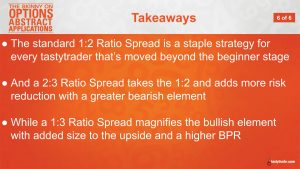
The difference between ratio spreads and other options strategies centers on the fact that ratios are not deployed in the usual 1-by-1 fashion.
As the name implies, ratio spreads are deployed in a less symmetrical fashion—typically involving a 1-by-2 structure. A common ratio spread approach involves buying 1 at-the-money (ATM) call and selling 2 out-of-the-money (OTM) calls—normally referred to as a “call ratio front spread.”
While 1-by-2’s are the most commonly deployed ratio spreads, one has to keep in mind that any spread which involves at least two different legs, and a non-symmetrical number of contracts traded on each leg, technically falls under the umbrella of a “ratio spread.”
As referenced previously, 1-by-2’s are most often constructed by purchasing one at-the-money (ATM) call, and selling two out-of-the-money (OTM) calls. Or, by purchasing one ATM put and selling two OTM puts. The former is referred to as a “front ratio call spread,” while the latter is referred to as a “put ratio front spread.”
One important distinction with front spreads is that they possess clear directional bias—meaning they generally perform better when the underlying stock moves in one direction, as opposed to the other.
That means front ratio call spreads are generally slightly bullish in nature, while front ratio put spreads are slightly bearish.
On top of the directional bias in front spreads, there’s also a volatility component to such positions. This is reflected by the fact that one unit of volatility has been purchased, while two units have been sold—assuming it’s a 1-by-2 ratio spread.
Front ratio spreads tend to perform better when volatility declines—because these positions involve buying one unit of volatility, versus selling two units of volatility.
That means investors and traders seeking to express a market opinion on both direction and volatility might be drawn to ratio spreads such as these.
And of course, ratio spreads can also be deployed in reverse fashion—meaning that instead of buying one unit of volatility and selling two units of volatility, one could do the reverse—sell one unit of volatility and buy two units of volatility. These types of ratio spreads are known as “back spreads.”
And just as the structure is reversed, so too are the risk exposures, as one can see in the summarized positional risk profiles below.
- Call Ratio Front Spread:
- Structure: +1 ATM call, -2 OTM calls
- Directional assumption: Neutral to slightly bullish
- Volatility assumption: Declining
- Put Ratio Front Spread
- Structure: +1 ATM put, -2 OTM puts
- Directional assumption: Neutral to slightly bearish
- Volatility assumption: Declining
- Call Ratio Back Spread
- Structure: -1 ATM call, +2 OTM calls
- Directional assumption: Neutral to slightly bearish
- Volatility assumption: Rising
- Put Ratio Back Spread
- Structure: -1 ATM put, +2 OTM puts
- Directional assumption: Neutral to slightly bullish
- Volatility assumption: Rising
Ratio spreads can be used to express a diverse range of market outlooks. At the same time, these spreads do fall on the more advanced side of the options trading spectrum, due to their associated undefined risk nature.
It’s recommended that investors and traders familiarize themselves with the risk profiles of ratio spreads before deploying them “live” in the market. It can also be prudent to mock trade (i.e. paper trade) a new options approach to learn how it behaves.
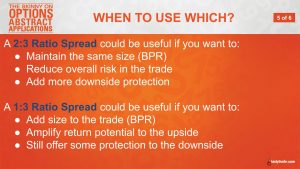
To learn more about unbalanced ratio spreads, readers can review a new installment of The Skinny on Options on the tastytrade network. For more context on defined risk versus undefined risk, this previous installment of From Theory To Practice is also recommended.
For updates on everything moving the markets, readers can tune into TASTYTRADE LIVE—weekdays from 7 a.m. to 4 p.m. CST—at their convenience.
Sage Anderson is a pseudonym. He’s an experienced trader of equity derivatives and has managed volatility-based portfolios as a former prop trading firm employee. He’s not an employee of Luckbox, tastytrade or any affiliated companies. Readers can direct questions about this blog or other trading-related subjects, to support@luckboxmagazine.com.











